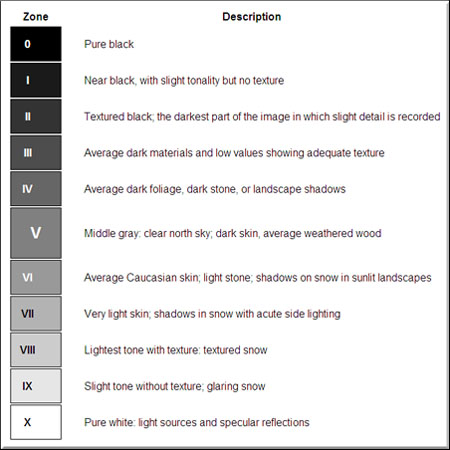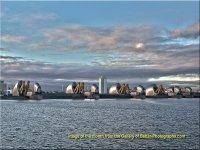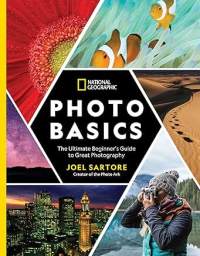

High Contrast"We can cope but our camera needs help."Our eyes are capable of
seeing all of these zones but a camera's digital sensor or film is not.
It can only distinguish about five of them so, depending on how the
exposure of the camera is set, some parts of an image will inevitably
be lost (become black or white) unless we do something to help it;
either by reducing the contrast it has to cope with or when we
process/develop the image. 
Question from Joanne about High Contrast - I have a Sony DSC-T1 and love it..my main problem is when I take a picture outside in bright sunlight with shadows. The shadowed areas always seem to turn out dark. I usually have it set on the auto setting..maybe I need to put it on the full sun setting?? Any ideas? Answer - Hi Joanne, Thank you for your enquiry. A digital camera captures an image on a sensor. This sensor is not able to record such a wide range of light to dark (contrast) as our eyes. The result of this is that, either the sensor loses parts of the scene that are very dark or parts which are very bright. In your case, your camera is exposing for the brighter parts of the scene so you are losing detail in the darker parts. I don't know your specific camera but most cameras have the capability of adjusting the exposure to allow you to expose for the areas of the scene that are more important for you. This should be explained in the camera's manual. There is a section at www.better-photographs.com that explains this in more detail - www.better-photographs.com/exposure.html A tutorial which explains how to analyse your shots using histograms - www.better-photographs.com/histograms.html A good book which goes into much more detail - www.better-photographs.com/photography-books.html#BP And finally, a way in which you can lighten the parts of an image which are too dark - www.better-photographs.com/too-dark.html I hope this helps you. Enjoy your photography. Best wishes, John
|
 |
| Image of the Month |
 |
| Click here to download it. |
| Find It |

Custom Search
|
| All of the advice, tutorials, masterclasses and ideas on this website are available to you at no charge. Even so, its upkeep does incur costs. |
|
| If you feel that
the site has helped you then any contribution you make, however small,
would go towards its ongoing maintenance and development. Thanks for your help. |
| Book of the Month |
 |
| Click here to read the review. |
|
|

New! Comments
Have your say about what you just read! Leave me a comment in the box below.